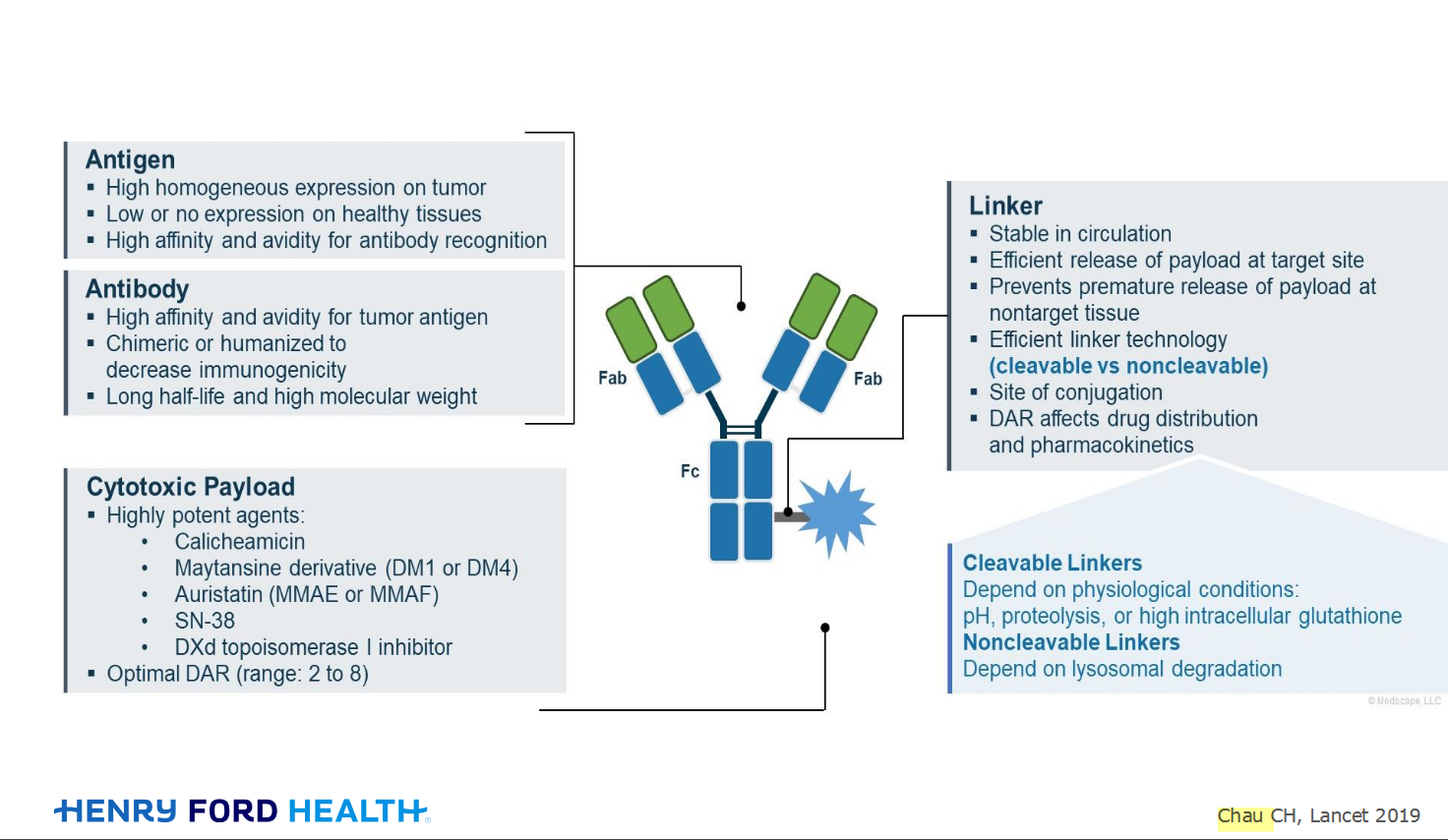Welcome!
Welcome to the new CancerGRACE.org! Explore our fresh look and improved features—take a quick tour to see what’s new.
As more and more oncologists become aware of the importance of testing for at least the EGFR mutation in tumor, and soon, perhaps, in blood, it seems likely that more patients will have their first systemic treatment for advanced non-small cell lung cancer (NSCLC) be an epidermal growth factor receptor (EGFR) tyrosine kinase inhibitor (TKI), usually Tarceva (erlotinib), until Iressa (gefitinib) is re-approved (perhaps). This is because the presence or absence of the mutation seems more important than clinical features in predicting a benefit from the TKI, as Dr. West described in the wake of the evidence from the IPASS trial. In that regard, a recent paper from a group of investigators in Taiwan discusses what second-line treatment should be considered after progresssion following first line Iressa in patients with advanced NSCLC. A total of 195 patients were included in this retrospective analysis, of whom 95 had tissue for testing for the EGFR mutation (61 with a mutation, 34 without). Although these findings may not be directly transferable to a North American or European population who would be receiving the very similar TKI, Tarceva, they are still of some interest. Those with the EGFR mutation who progressed while on Iressa got a greater survival benefit with Gemzar (gemcitabine) plus a platinum-containing regime than any other regimen, including single-agents Navelbine (vinorelbine), a taxane (such as Taxol (paclitaxel) or Taxotere (docetaxel)), or any of those combined with a platinum, or Tarceva was given in some patients. However, it is of interest that none received an Alimta (pemetrexed)-containing regimen, so this remains an unknown. On the other hand, those patients who did not have an EGFR mutation did just as well with a single chemotherapeutic agent as with a doublet containing a platinum, and no one treatment emerged as especially better than another.
The message here may be that after first-line TKI failure in those with the EGFR mutation, patients may do particularly well with a platinum chemo agent plus Gemzar as the next treatment. Unfortunately, the study did not include Alimta, which may have been better than Gemzar since the former may be more effective in patients with adenocarcinomas, which most of these patients had. Also implied is that Tarceva is not especially effective after progression on Iressa, even in those with the mutation. Although both Dr. West and I have done work on the use of Tarceva following Iressa, the cases of responses to Tarceva are too few and far between, and we really don’t understand why there could be a response at all. Do keep in mind that this study was retrospective, had a distinct patient population, and did not include the use of Alimta. In another paper dealing with TKI treatment for advanced NSCLC, a group of investigators out of Japan reported that the optimal cut-off point for predicting the likelihood of an EGFR mutation and high probability of response to Iressa is about 13 pack-years, corresponding to smoking a total of one pack of cigarettes/day for 13 years total, or 1/2 pack per day for 26 years, etc. This may be worth considering in patients where the EGFR mutation was not evaluated, perhaps because tissue is not available or there is a desire/need to start treatment promptly. It's important to remember, however, that this is in a distinct population, with a relatively high incidence of the mutation, and is retrospective. Whether these data apply outside of Asia is not clear, but it does add a little more to our understanding of EGFR inhbiitors and where they may fit in our treatment plans for patients with NSCLC.
Please feel free to offer comments and raise questions in our
discussion forums.
Hi app.92, Welcome to Grace. I'm sorry this is late getting to you. And more sorry your mum is going through this. It's possible this isn't a pancoast tumor even though...
A Brief Tornado. I love the analogy Dr. Antonoff gave us to describe her presentation. I felt it earlier too and am looking forward to going back for deeper dive.
Dr. Singhi's reprise on appropriate treatment, "Right patient, right time, right team".
While Dr. Ryckman described radiation oncology as "the perfect blend of nerd skills and empathy".
I hope any...
My understanding of ADCs is very basic. I plan to study Dr. Rous’ discussion to broaden that understanding.

Here's the webinar on YouTube. It begins with the agenda. Note the link is a playlist, which will be populated with shorts from the webinar on specific topics
An antibody–drug conjugate (ADC) works a bit like a Trojan horse. It has three main components:

Welcome to the new CancerGRACE.org! Explore our fresh look and improved features—take a quick tour to see what’s new.